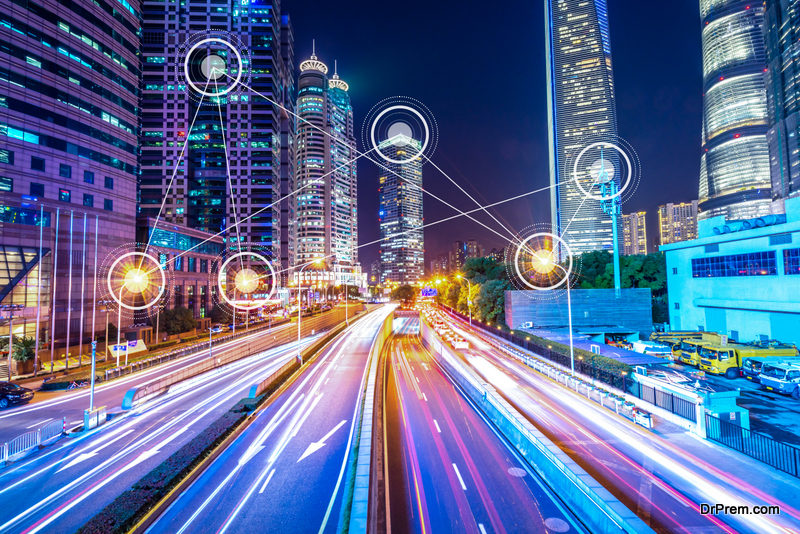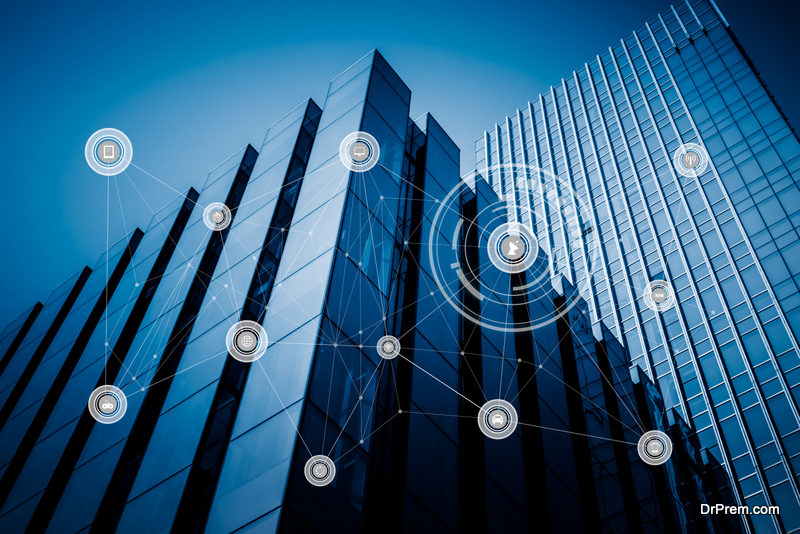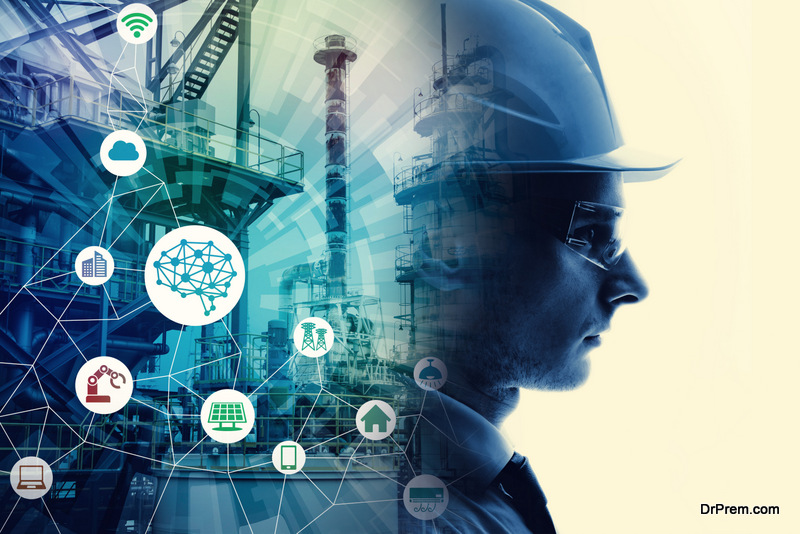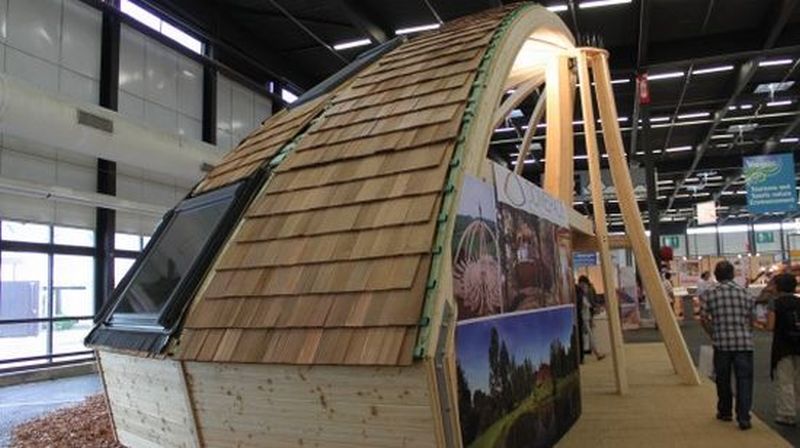With IoT and AI making their presence felt in our homes, transforming them into smart homes, the concept of buildings which will be ‘smart’ is not so unrealistic. Architect firms and IT engineers are working in tandem to make autonomous buildings a reality. These buildings will enhance the experience of dwellers and offices goers, making them more comfortable and productive. Nowadays, we can already see intelligent management and the control of various facilities such as HVAC, communications, lighting, etc. So in what way are the self-sustaining homes different and will be seeing them in future?
Autonomous Buildings: what are they?
 We have heard about and seen autonomous vehicles. But autonomous buildings are being planned too, which would control automatically aspects of our living environment and free us from having to concentrate on these matters. From heating, lighting, security, transforming to personalizing the atmosphere – these are just a few of the functions which the Autonomous Buildings will perform.
We have heard about and seen autonomous vehicles. But autonomous buildings are being planned too, which would control automatically aspects of our living environment and free us from having to concentrate on these matters. From heating, lighting, security, transforming to personalizing the atmosphere – these are just a few of the functions which the Autonomous Buildings will perform.
Would it be like living or working inside a giant robot?
The self-sustaining homes would adapt their behavior according to the occupants’ preferences and balance the competing preferences. It would configure itself in order to provide the security, safety and health conditions appropriately, after considering all risks.
The building with sustainable design will comfort, entertain, improve productivity and reduce the consumption of energy by automatically switching on and off the electricity, according to needs. In fact, living in one of these buildings would enable you to live in an environment which is to your liking. Which does make it seem as though you’d be in a building which is not very different from a robot, especially one which would be able to sense danger, or your requirements and reach out to ‘outside resources’.
Autonomous buildings will function with the least human intervention.
How far are we from autonomous buildings?
 There is still quite some time to see a completely autonomous building, as the building systems have to be broken down into modular systems with plug-play components. These components would collect as well as analyze a huge variety of information, enabling the buildings to be managed with softwares. The building would become a kind of virtual machine which can be easily reconfigured and understood as required.
There is still quite some time to see a completely autonomous building, as the building systems have to be broken down into modular systems with plug-play components. These components would collect as well as analyze a huge variety of information, enabling the buildings to be managed with softwares. The building would become a kind of virtual machine which can be easily reconfigured and understood as required.
Digital twin
Autonomous Buildings would thus be replicas of the brick and mortar building in the virtual world. Experts are terming this as ‘Digital Twin’, for not only buildings, but also other physical assets. The digital twin concept allows software, IoT and AI to analyze data to run the building efficiently and make recommendations.
Though it sounds quite easy, it is actually quite difficult to get a true digital twin. Getting the details right involves almost the same amount of automation and AI which would rival self-driving or autonomous cars.
The digital twin will allow designers and builders to optimize the development of autonomous buildings, right from the inception – conceptualization, planning, design as well as construction in real time. As the future of smart homes would also include the ‘green house’ concept, in future all such buildings will allow for maintenance with the help of various sensors, which would be fitted inside and outside the buildings.
In fact, it is expected that an autonomous building of the future would have not just hundreds of sensors, but millions of them! All these sensors would work together to produce the level of comfort, connectivity, and security that the residents expect. The electrical, mechanical, hydraulic, control systems have more than a million action points, in an on-going project in Barangaroo. There are over 40 management systems to make the ‘intelligent’ building functional.
To make all the digital and physical systems come together will need quite a lot of time to develop, and is possible only with the development of digital twin which will be connected to the physical building in real time. The digital twin will reflect the building’s parameters at all times, and thus anyone sitting and controlling the digital twin remotely will be able to repair, maintain and enhance the physical building constantly. According to the industry experts, the digital twin would also be able to predict possibility of problems and suggest solutions immediately.
Not only autonomous buildings, but in the future, we might have digital twins of other physical assets such as bridges, tunnels, flyovers and many more infrastructural components which would be a big advantage in the smooth running and safety of the same. The digital twins or the machines would tell people what has to be done, instead of people telling the machines what has to be done!
Sustainable buildings
 The difference between ordinary buildings and autonomous buildings would be that they would allow for more affordable maintenance and help to conserve energy and water resources. These buildings would have sustainable design, with the goal to be carbon neutral. With employees, residents and owners being more aware of the environment, these intelligent buildings would be able to help them to reduce their carbon footprint as well as the building’s.
The difference between ordinary buildings and autonomous buildings would be that they would allow for more affordable maintenance and help to conserve energy and water resources. These buildings would have sustainable design, with the goal to be carbon neutral. With employees, residents and owners being more aware of the environment, these intelligent buildings would be able to help them to reduce their carbon footprint as well as the building’s.
In peak hours, buildings usually have crowded elevators, dirty restrooms, and much more. The smart buildings will be able to monitor the building constantly and thus manage the logistics better to enhance the life quality of the occupants. In order to achieve this, the developers of smart buildings will have to make prototypes and run them to see whether they would work in real life. Prototypes will help in removing any chinks in the software and allow for a seamlessly operated building.
An autonomous building’s sensors would do much more than just control the lights and fans when the occupant is out of the room. These in-built sensors would analyze the behavior of the residents, as well as analyze the health level, movements and even their online activities to provide suggestions which would be completely optimized.
Smart building tech is exploding and AI is being used to operate buildings with least human intervention. It is only a matter of time when we would see completely automated buildings, right from design planning, construction and management of systems.



